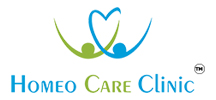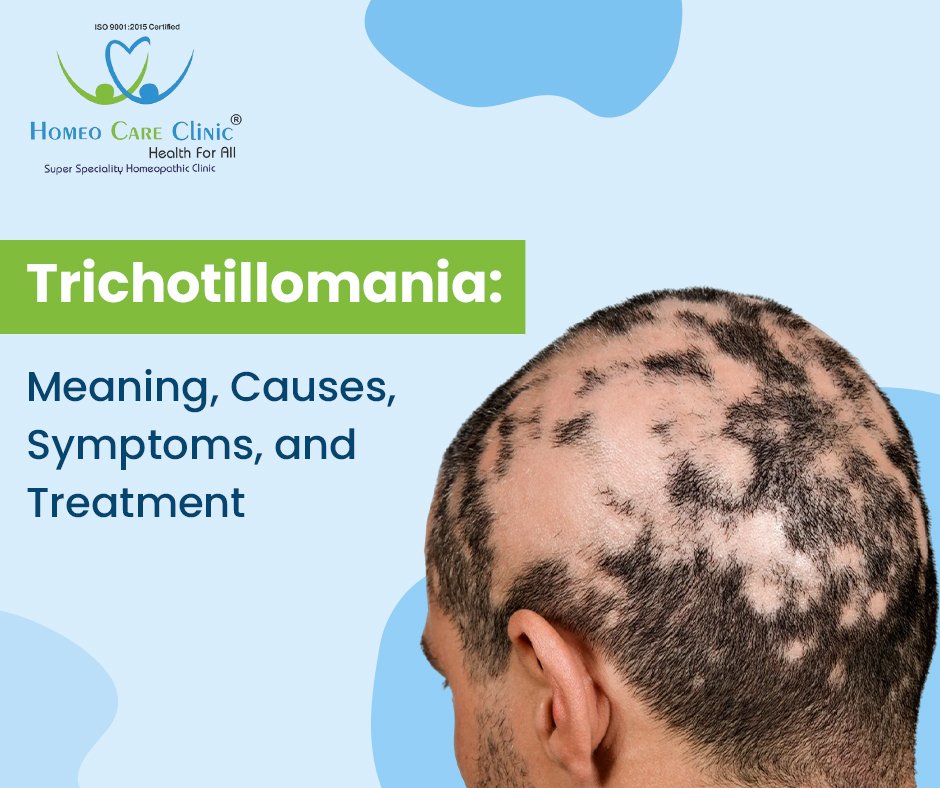Trichotillomania: Meaning, Causes, Symptoms, and Treatment
Hair loss can be caused by many factors, it can be due to genetics, stress, nutritional deficiencies, or medical conditions. But in some cases, it may be due to a mental health disorder called trichotillomania, also known as hair-pulling disorder. It involves having frequent, repetitive, and irresistible urges to pull out hair from the scalp, eyebrows, or other areas of the body. This often leaves patchy bald spots on the scalp and can cause a lot of distress, affecting your day-to-day life. In this blog, let’s explore what trichotillomania is, its causes, symptoms, and available treatment.
What is Trichotillomania?
Trichotillomania is a mental disorder where a person compulsively pulls out or breaks their own hair from the scalp, eyebrows, eyelashes, or other areas of the body. It is also called hair-pulling disorder and TTM. Most commonly, people with trichotillomania pull out hair from their scalp. They also pull out their eyelashes, facial hair like beards or mustaches, armpit hair, leg hair, or pubic hair. Trichotillomania is an impulse control disorder; people with these disorders know that it might be harmful if they act on an impulse like hair-pulling, but they cannot stop themselves. Trichotillomania can cause hair loss, including uneven bald patches, and can make people feel self-conscious or embarrassed. This can lead to emotional distress or avoiding social situations.
Trichotillomania Causes
The exact causes of trichotillomania aren’t known. But some things may boost your risk of trichotillomania, including:
- Age: Young children sometimes pull out their hair as a way of soothing themselves, and they often outgrow it. More serious forms of trichotillomania often start in the early teens, between ages 10 and 13.
- Genetics: In some families, the tendency to pull out hair may be passed on. You are more likely to get trichotillomania if other people in your family have it.
- Gender: People of all genders can have trichotillomania. Women are more likely than men to get diagnosed with trichotillomania. Some doctors think hormone changes might also affect trichotillomania in women.
- Other mental health disorders: If you live with trichotillomania, you may have other mental health disorders like anxiety, depression, or obsessive-compulsive disorder.
- Stress: Extreme stress may also trigger trichotillomania in some people. Stress can be caused by situations including family conflict, abuse, or the death of a friend or family member.
- Boredom: Some people start pulling their hair as a way to cope with stress or boredom, which eventually becomes a habit.
Trichotillomania Symptoms
Symptoms of trichotillomania often include:
- Repeatedly pulling out hair, whether it’s automatic or on purpose
- An increasing sense of tension before pulling out your hair, or when you try to resist pulling.
- A sense of pleasure or relief after the hair is pulled out.
- Hair loss that’s easy to see, such as shortened hair or thinned or bald areas on the scalp or other areas of your body. This may include thin or missing eyelashes or eyebrows.
- Pulling out specific types of hair, taking the same steps in the same way each time hair is pulled out, or pulling out hair in certain patterns.
- Biting, chewing, or eating pulled-out hair.
- Playing with pulled-out hair or rubbing it across your lips or face.
- Repeatedly trying to stop pulling out your hair or trying to do it less often without success.
Trichotillomania Treatment
Trichotillomania treatment options include:
- Habit reversal Therapy (HRT): This is often the main treatment of trichotillomania. It works by increasing a person’s awareness about TTM symptoms and triggers, replacing the hair-pulling behaviour with another behaviour, finding ways to stay motivated to stop hair-pulling behaviour, and practicing the newly learned skills in different situations.
- Cognitive Behaviour Therapy (CBT): This is a common form of treatment for impulsive behaviour disorders. It helps people explore and change the beliefs that lead to hair-pulling.
- Emotional Regulation Therapy: A doctor or therapist may help you learn to manage your emotions, like anxiety, fear, or sadness, that contribute to your urge to pull. Understanding and accepting these difficult emotions may help change your responses to them.
- PRP Therapy for hair regrowth: For people who have lost significant hair due to trichotillomania, PRP therapy can help to stimulate hair follicles, improve scalp health, and encourage natural hair regrowth.
- Trichotillomania Medication: In some cases, your doctor may prescribe antidepressants and antipsychotic medicines like N-acetylcysteine, olanzapine, clomipramine, quetiapine.
Conclusion
Trichotillomania is an uncontrollable urge to pull out your hair that can lead to hair loss, bald patches, and feelings of shame, embarrassment, or isolation. Many people with trichotillomania try to hide their pulling, but help is available. With the right hair fall treatment in Pune, you can restore your hair to become healthy and shiny like before and regain your confidence. At Homeocare Clinic, we are dedicated to providing our patients with the best quality and personalized treatment plans tailored to fulfil their specific requirements. Our experienced team of dermatologists offers safe, natural, and highly effective solutions to promote the regrowth of our patients’ hair. Contact us now for the best hair treatment in Pune.

